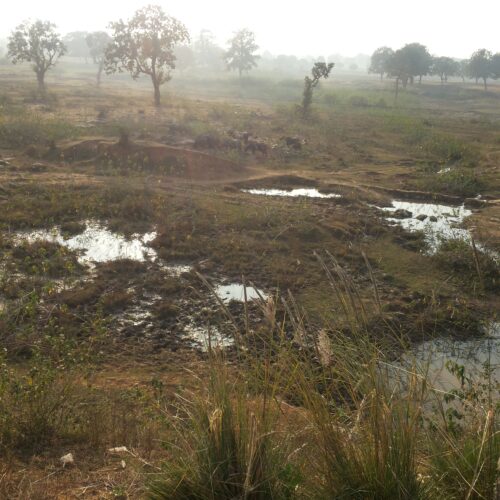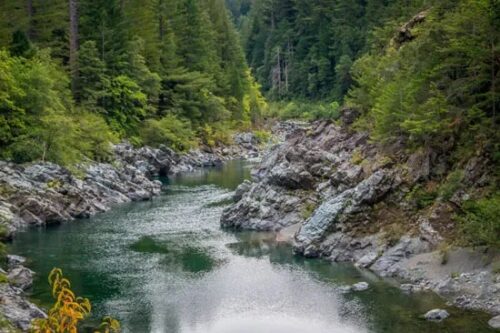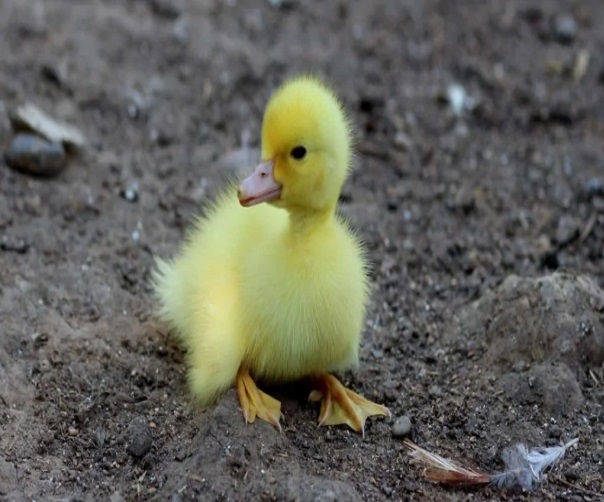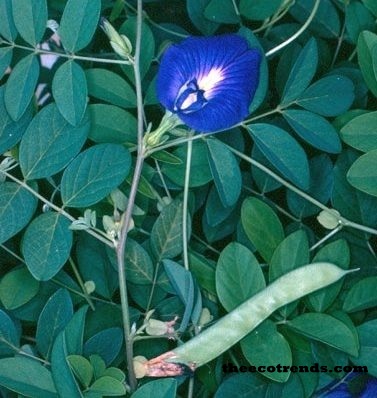Mixing of different types of substances in soil- which affects its natural qualities, and reduces its fertility- is called as soil pollution. Some environmentalists define soil pollution as – build-up of toxic chemical compounds, salts, pathogens or radioactive materials in soil that can affect plant and animal life adversely, is called as soil pollution.
A polluted soil often contains varieties of germs of diseases. Some of those diseases are – anthrax, typhoid, leptospirosis, bacillary dysentery, cholera etc. A big amount of soil is lost due to soil erosion, storms, overgrazing and deforestation activities. This loss of soil is often called as negative soil pollution.
Sources or Causes of Soil Pollution
There are many different sources of soil pollution. These are being introduced below.
A. Domestic Sources of Soil Pollution: Wastes produced due to domestic activities are called as domestic wastes. Food leftovers, peeling of fruits and vegetables, ash, paper bits, packets, polythene bags, glass bottles, tin cans, used tyres, expired medicines etc. are some examples of domestic wasted that are often dumped on the ground. These wastes alter the soil composition and make it bad for the growth and development of plants.
B. Municipal Sources: Different types of municipal wastes dumped on the ground cause bad effects on soil. These wastes act as shelter homes of various types of insects and germs of diseases.
C. Industrial Sources: Industries dump lots of wastes on land. These wastes create ugly scenes on ground and contaminate soil making it unfit for productive utilization. A number of toxic wastes seep into the ground and cause underground water pollution.
D. Agricultural Sources: Agro- chemicals used in agriculture produce adverse effects on soil. Synthetic fertilizers, if used continuously for long times, alter the composition of soil, making it unfit for the growth and development of plants. Faulty irrigation practices cause water logging make the soil saline. The water is evaporated in the sun leaving behind salts in the soil. Thus, soil gradually becomes saline and unfit for plant growth.
E. Mining Sources: Mining activities cause long lasting damages to the soil. Tailings, slags, stones etc. that come out of mines are dumped near them. These dumps are called as Over Burden Dumps (OBD). Besides these, different types of toxic chemicals are exposed due to mining which further cause serious soil and water pollution during rains. The pollution of Damodar River which flows from Jharkhand through west Bengal carries lots of poisonous mine-wastes in its water.
F. E. Wastes: The electronic wastes generated through the disposal of electronic goods, like computers, televisions, wires, and plastic cabinets etc. which are often dumped on the ground, create serious pollution on land.
Major Soil Pollutants
Some of the major Soil Pollutants are listed below-
(i) Toxic Chemicals from industries,
(ii) Agro chemicals like Pesticides, herbicides and synthetic fertilizers,
(iii) Fly ash from thermal power stations,
(iv) Chemicals from sugar mills, pulp and paper mills, refineries, distilleries etc.
(v) Wastes from leather and rubber industries,
(vi)The domestic garbage dumped on land,
(vii) E- Wastes or wastes from electronic goods like broken computer parts, wires, insulators, broken switches, wastes from electronics industries etc.
Consequences of Soil Pollution
The Soil Pollution has serious consequences and major ones of those are mentioned below-
(i). Wastes that are dumped on the land are subjected to decay and decomposition due to which they produce bad and harmful smell. It further contaminates the surrounding air.
(ii). Various types of microorganisms develop in the wastes deposited on land and cause the spread of many contagious diseases.
(iii). Many types of toxic substances are produced through the decomposition of wastes dumped on or mixed into the soil. These toxic substances contaminate water and air. Some parts of these toxic substances get leached underground to cause the underground pollution.
(iv) Open dumps of wastes and overburden dumps (OBD) of mines ruin the natural beauty of land areas and provide easy habitats to the dwelling of rats, cockroaches, mules and disease causing organisms.
(v). The hazardous wastes dumped on land comprise discarded substances that decompose gradually and cause health hazards.
Prevention and Control of Soil Pollution
Following measures may be taken up to prevent and control the soil pollution-
(i). Proper disposal of solid wastes,
(ii). Application of natural fertilizers like composts, vermin composts, green manure etc. and avoidance of synthetic fertilizers,
(iii). Application of bio- fertilizers,
(iv). Reclamation of quarry faces, abandoned mines etc. and by clearing over burden dumps for growing plants,
(v). Proper disposal of hazardous wastes, and
(vi). Replacement of the practice of monoculture by mixing crops and by adopting crop- rotation methods.




